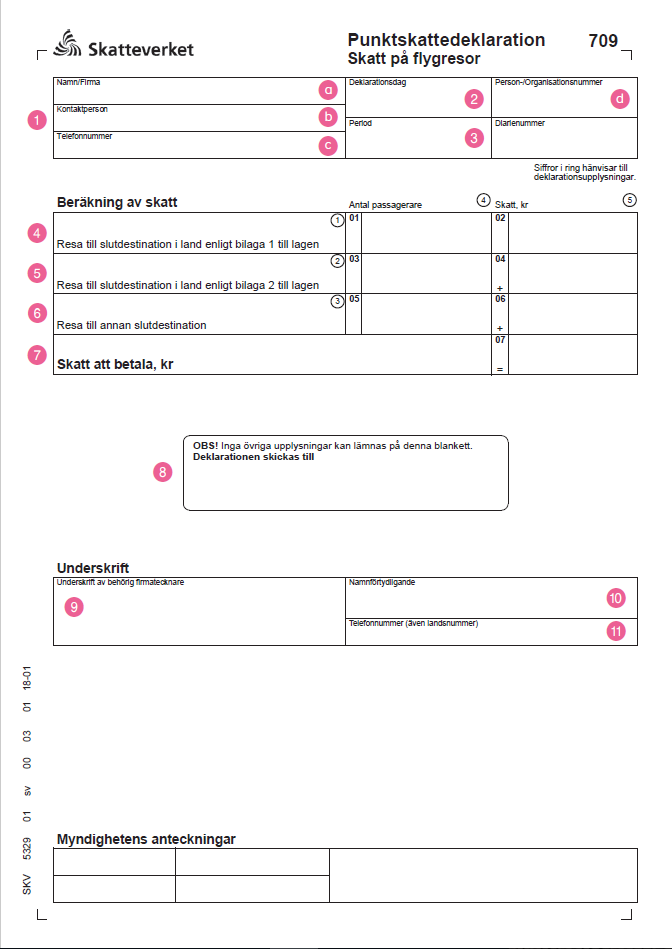Navigating the tax refund process can be a complex task, especially for cross–border workers operating within the Nordic countries of Sweden, Denmark, and Finland. Each country has its own set of requirements and procedures, making it essential for workers to understand what documents are necessary to ensure a smooth and successful tax refund application. This article breaks down the essential documents required in these countries and provides a guide tailored for cross-border workers to help them navigate the process efficiently.
Essential Documents for Tax Refunds in Nordic Countries
When applying for a tax refund in Sweden, cross-border workers must provide several key documents. The most critical of these is the annual income statement, known as "Årsbesked," which details all earnings and taxes paid throughout the year. Additionally, individuals must submit their Swedish tax return form, "Inkomstdeklaration," along with proof of residency, such as a rental agreement or utility bills, to confirm their living situation. For those who have dependents, documentation proving family ties, like birth certificates or marriage certificates, may also be required to claim additional deductions.
In Denmark, the process is somewhat similar but includes distinct elements. Workers need to present their annual income statement, referred to as "Årsopgørelse," which is issued by the Danish tax authority, SKAT. Additionally, they must provide documentation of any foreign income, as Denmark requires detailed reporting of global earnings. Proof of residency, such as a CPR number (personal identification number) and a rental contract, is also necessary. For those seeking deductions for work-related expenses, detailed receipts and invoices must be submitted.
Finland’s tax refund requirements include the annual income statement, known as "Verokortti," which outlines earnings and tax deductions. Cross-border workers must also submit their Finnish tax return form, "Verohallinto," and proof of residency, such as a Kela card or a certificate of domicile. If the worker has income from other countries, they must provide documentation of this income to avoid double taxation. Additionally, receipts for any deductible expenses, such as commuting costs or professional development courses, should be included in the application.
Guide for Cross-Border Workers in Sweden, Denmark, Finland
For cross-border workers in Sweden, understanding the tax refund process begins with gathering all necessary documents early. Workers should keep meticulous records of their income, taxes paid, and any deductible expenses throughout the year. This includes maintaining copies of pay slips, receipts, and official correspondence from employers and tax authorities. It is also advisable to seek assistance from a tax consultant familiar with Swedish tax laws to ensure all documents are correctly prepared and submitted.
In Denmark, cross-border workers should start by registering with the Danish tax authority, SKAT, to obtain their CPR number. This number is essential for all tax-related activities. Workers should then ensure they receive their annual income statement, "Årsopgørelse," and verify its accuracy. Keeping detailed records of all income, including foreign earnings, and any deductible expenses is crucial. Workers may also benefit from using online tools provided by SKAT to track their tax status and submit their returns electronically.
Cross-border workers in Finland should focus on maintaining comprehensive records of their earnings and expenses. They should ensure they receive their "Verokortti" and verify its details. It is important to register with the Finnish tax administration and obtain a Kela card if eligible. Workers should also be aware of any bilateral tax agreements between Finland and their home country to avoid double taxation. Consulting with a tax advisor experienced in cross-border taxation can provide valuable insights and help navigate the complexities of the Finnish tax system.
Navigating the tax refund process as a cross-border worker in the Nordic countries requires careful preparation and a thorough understanding of each country’s specific requirements. By gathering the necessary documents and seeking professional advice when needed, workers can ensure a smooth and successful tax refund application. Whether working in Sweden, Denmark, or Finland, staying informed and organized is key to managing tax obligations and maximizing potential refunds.
